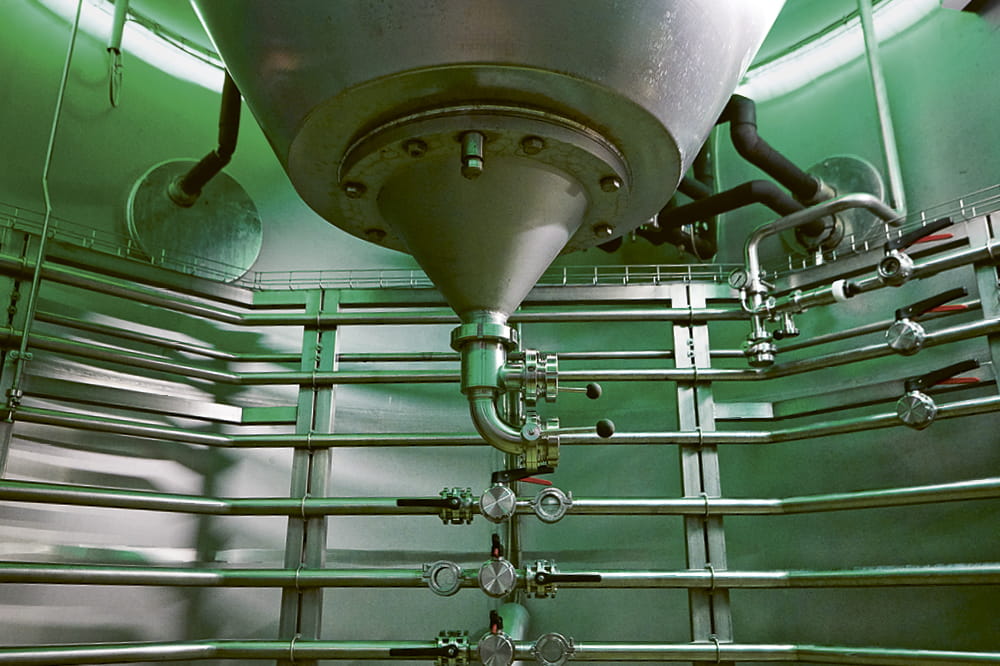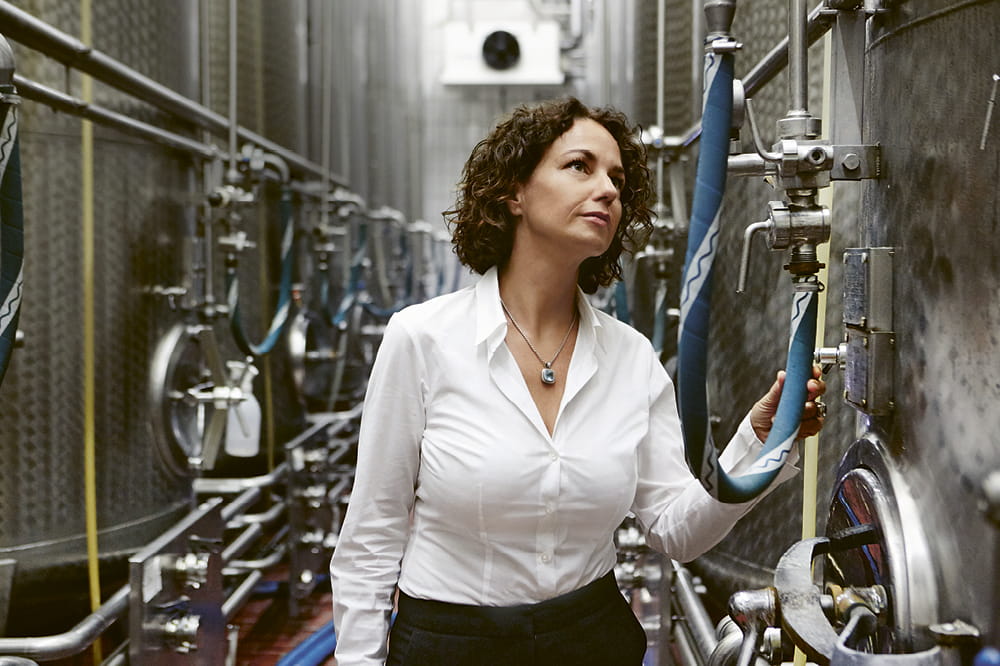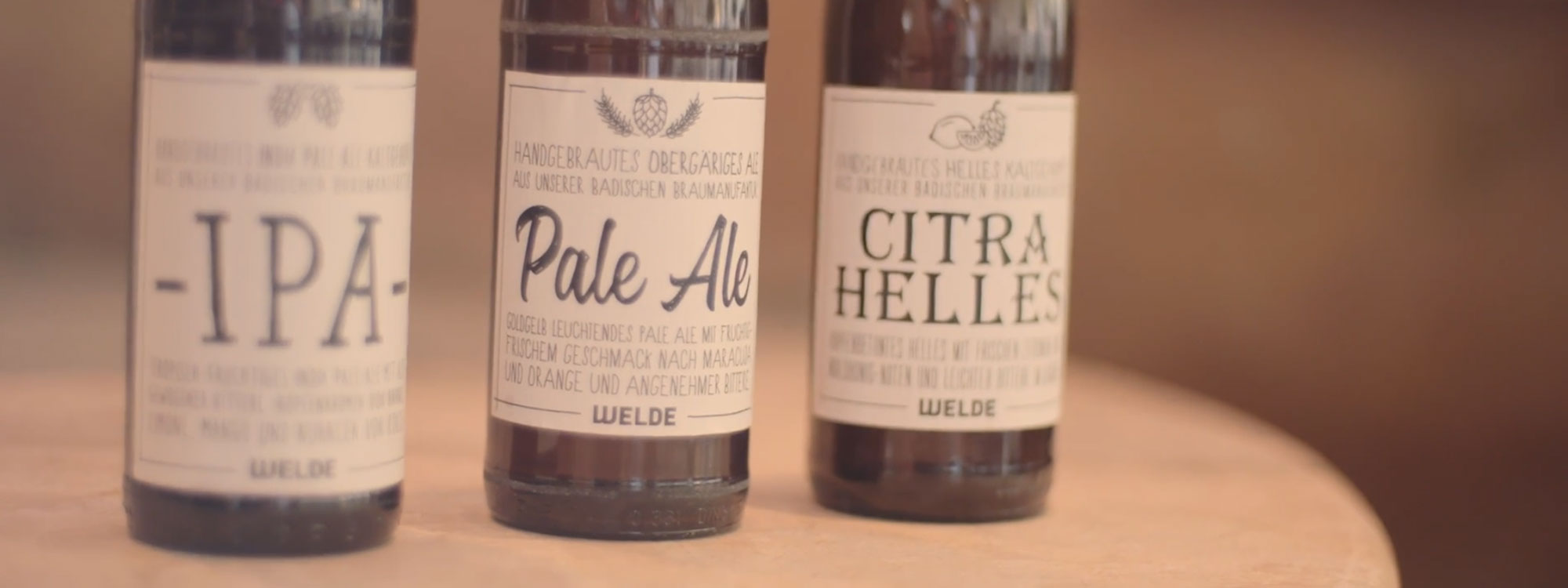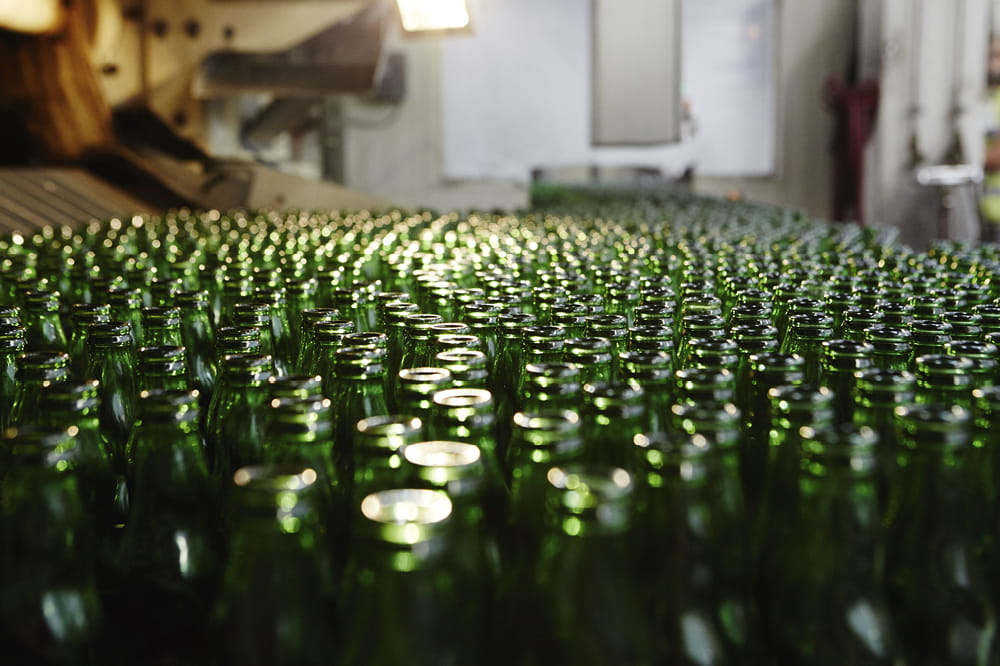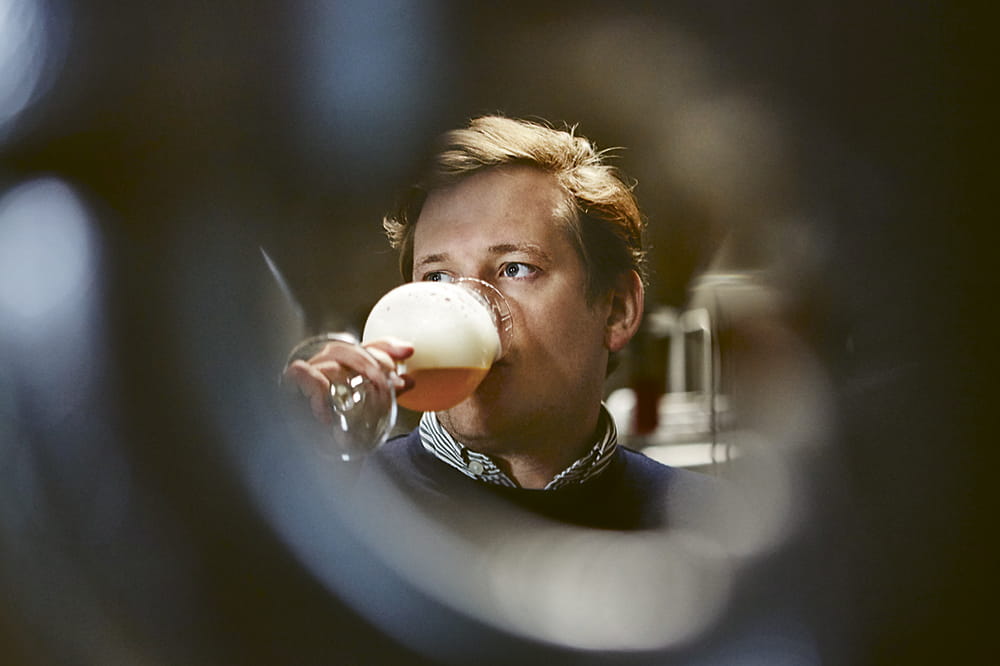Obtain news and background information about sealing technology, get in touch with innovative products – subscribe to the free e-mail newsletter.
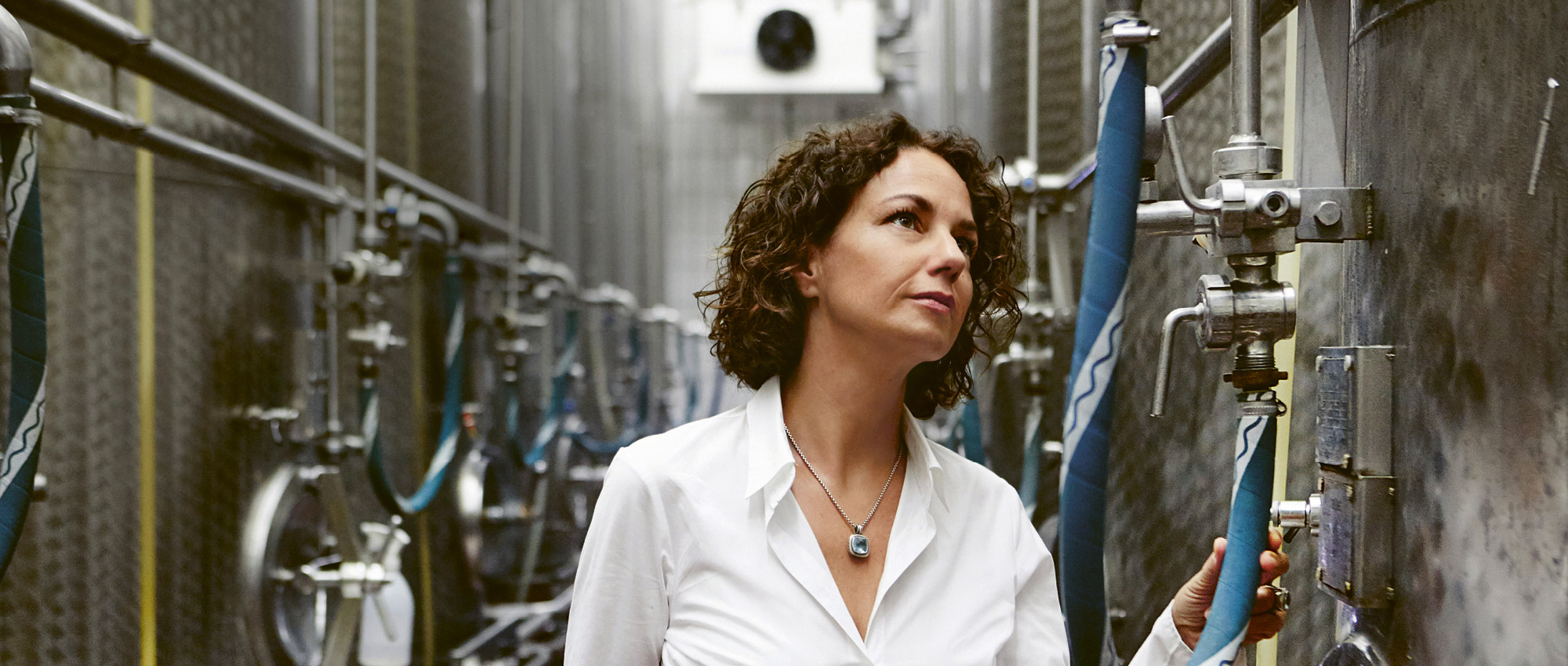
13.11.2018 | Story
The Full Flavor
More and more kinds of beverages in every conceivable flavor vie for customers on the shelves of supermarkets. This new diversity is placing huge demands on the facilities where the beverages are produced – from kettles and tanks, to pumps and tube systems, all the way to bottling systems. For example, the finely tuned flavors of individual drinks must not be allowed to mix with each other during the production process. In an interview, Nicole Schneider, Vice President Global Market Sector Process Industry in the Industrial Services Division of Freudenberg Sealing Technologies, offers insights on these issues.
Ms. Schneider, what major consumer trends are shaping the beverage market?
We are mainly seeing three trends. One relates to the high degree of flavor individualization, which results in considerable product differentiation. This can be seen in the expanding product lines of craft beers and brewed soft drinks produced. Another trend is consumers’ growing health consciousness. Many of them want beverages produced with no preservatives or with the smallest possible amount – but they want drinks that stay wholesome as long as possible. Third, we are seeing more and more beverages made from solid ingredients. For example, to make a strawberry smoothie, the entire fruit is crushed into pulp. That leads to a higher proportion of solids in the drink.
What effect does this have on the equipment where the beverages are produced? Does the producer have to buy a new equipment for each new product?
Normally, new product varieties are produced in the existing facilities. Of course, this results in more frequent product changes, which means that the seals in tanks, tube systems and bottling facilities come into contact with significantly more flavors. With this in mind, operators have to take even greater care to ensure that the flavors are not transferred, that seals do not absorb specific flavors from previously processed drinks when the product is changed in the bottling facility, and that they do not reach the next product being processed. When a brewed, lemon-flavored drink is bottled, there must be no flavor transfer into the regular beer flowing through the tubing.
How can the transfer of flavors be avoided?
The selection of the sealing material plays a key role. Basically, the seals used in the food industry as well as the drinks being bottled are made from organic compounds, so they have a certain material affinity, that is, their molecules are similarly constructed. That is why flavorings creep into some sealing materials and then diffuse out over a period of time. The use of highly inert materials – which do not interact with other substances chemically or physically – are a primary way to prevent flavor transfer. Freudenberg Sealing Technologies has developed the Fluoroprene XP family of materials to deal with these problems. The recipe for them is precisely calibrated to the requirements of the beverage industry.
Vita
Nicole Schneider: After graduating as a chemical engineer, Nicole Schneider joined Freudenberg Sealing Technologies as a Product Manager in the Process Industry division. For the Oil & Gas business, she moved to Houston, Texas, for three years to set up a materials laboratory. After returning to Germany, she switched to Business Development for the process industry. Schneider has headed that division since August 2016.
They have to be smart: In the video, Nicole Schneider, Vice President Global Market Sector Process Industry in Freudenberg Sealing Technologies’ Industrial Services Division, explains the standards for seals in the beverage industry.
Do these requirements become more stringent if smoothies and other drinks with a high proportion of solids are processed in the equipment?
Definitely, since they lead to an increase in the mechanical requirements. The higher share of solids requires greater material rigidity to prevent abrasion. The material must also be highly resistant to tearing, so fruit cores, such as those in strawberries, do not cause a seal to rupture. The precise requirements may vary, but they must be taken into account when the seal material is selected. The geometry of the seal is also a factor when beverages contain solids. It must be carefully selected to ensure that an overlay of solid particles does not impair the seal’s performance.
You spoke about the rising awareness of health issues and their desire for drinks that use preservatives as little as possible. What is the effect of these changes on components and equipment?
First of all, you have to ensure that the product changeover occurs as quickly as possible so the equipment can be utilized fully and efficiently. This has a direct impact on cleaning processes, which must be performed without manually removing individual components. These processes are known as “cleaning in place” and “sterilization in place” in the language of the trade, meaning that the cleaning and sterilization take place in closed equipment. In addition, when beverages that contain no or just small amounts of preservatives are processed, more aggressive cleaning agents are used. No bacteria can be allowed to reach the beverage. Still, the seals must be resistant to considerably more aggressive cleaning agents such as acids and lye. There is another requirement for sterilization processes due to the customary use of steam at temperatures of 120° C or even 140° C in some cases. The seals must be able to withstand these high temperatures over the long haul. And since the cleaning takes place in a closed system, the geometry of the seal cannot have even the tiniest amount of dead space, that is, hollow areas and grooves with no function where contaminants or bacteria can reside. This approach is known as “hygienic design.”
What sealing concepts can the beverage industry expect in the future?
We have been dealing with the issue of maintenance cycles very intensively. Due to the differentiation of the market, there are now many different maintenance strategies. Many large manufacturers replace their seals as a preventive measure. At smaller craft-beer breweries, there will be leaks if a maintenance interval runs too long. To enable truly needs-based maintenance, we are working on smart seals that are able to measure their own level of wear and report it to the operator in real time. At some point, there could be seals that are able to request a replacement on their own. We are going to work with customers to further develop these kinds of smart seals for Industry 4.0 applications, in line with the needs of the market.
More Stories About Food & Beverage

Join Us!
Experience Freudenberg Sealing Technologies, its products and service offerings in text and videos, network with colleagues and stakeholders, and make valuable business contacts.
Connect on LinkedIn! open_in_new